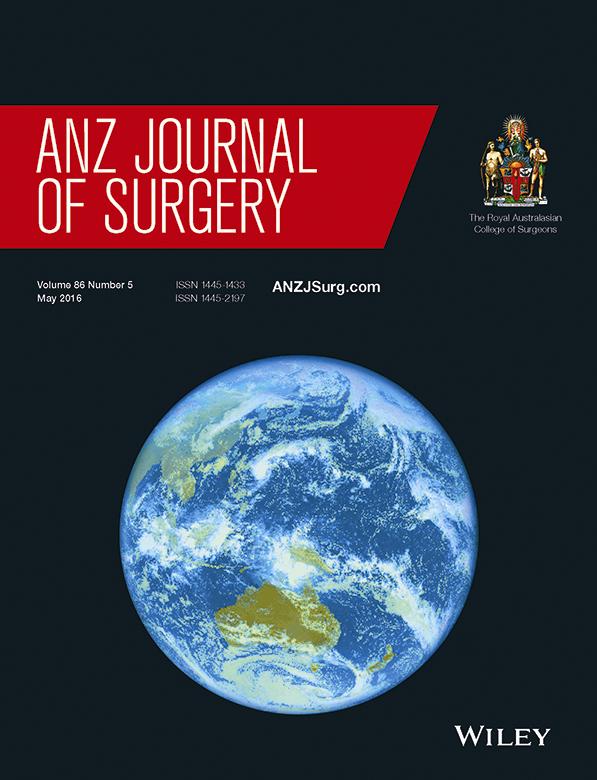Implementation and evaluation of a checklist to improve patient care on surgical ward rounds
Abstract
Background
Key aspects of care may be overlooked on a busy surgical ward round. This study assessed the use of a checklist to correct these omissions. Its use as the basis of structured ward round documentation was then measured.
Methods
Using a structured checklist, key aspects of surgical care were observed and recorded during ward rounds. Initially, members of the surgical team were unaware of the checklist. Subsequently, rounds were performed with a designated member of the team acting as ‘prompter’ if aspects of care were not considered per the checklist. A structured ward round progress form was developed and its completion assessed before and after specific education in its use. Changes in the use of checklist and documentation using the structured form were analysed for statistical significance.
Results
Following the use of a checklist and prompting during ward rounds, significant improvement occurred in the consideration of the majority of criteria included in the checklist, all of which reached statistical significance (P < 0.05). Provision of a structured progress form did not initially improve documentation but this was substantially improved with specific education (P < 0.05).
Conclusion
The use of a checklist during surgical ward rounds makes significant improvement in the consideration of most key aspects of care and education in the completion of a structured progress form substantially improved documentation.




